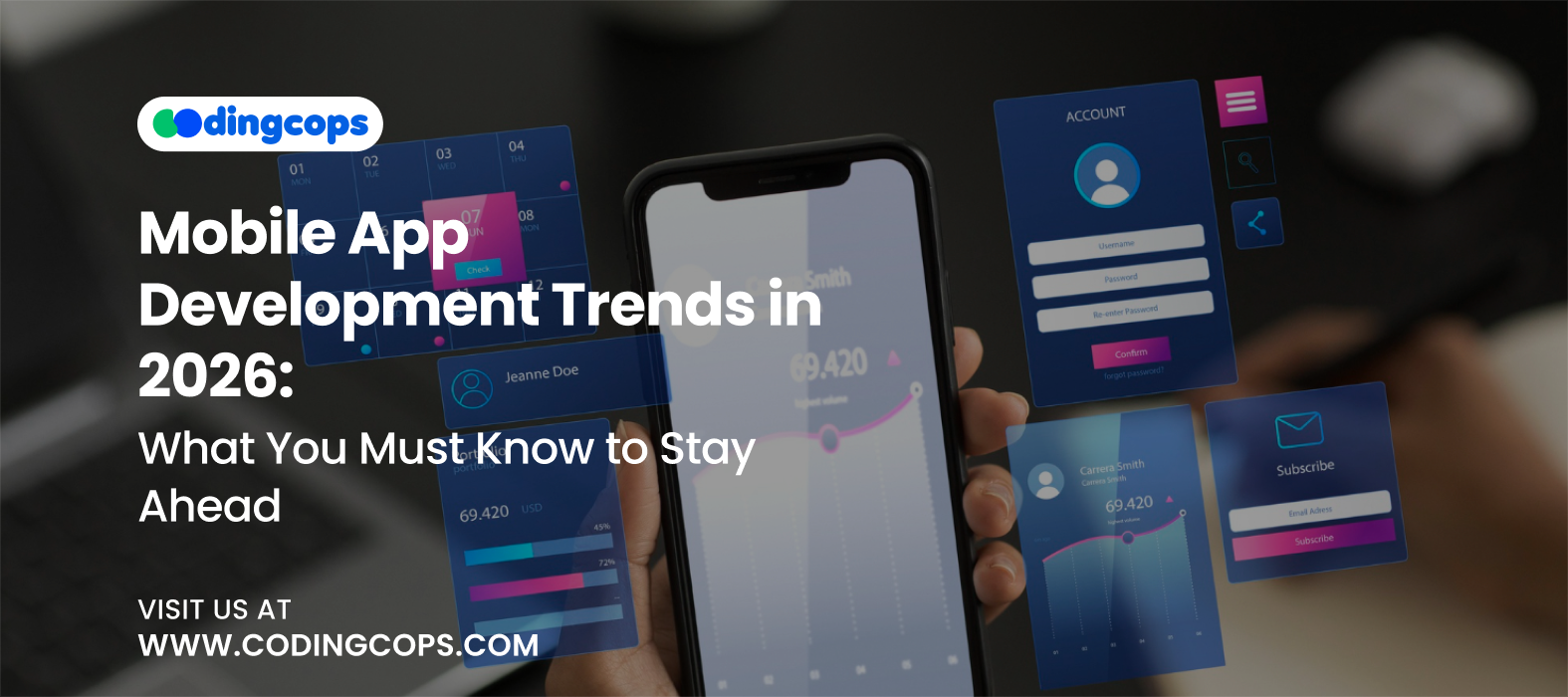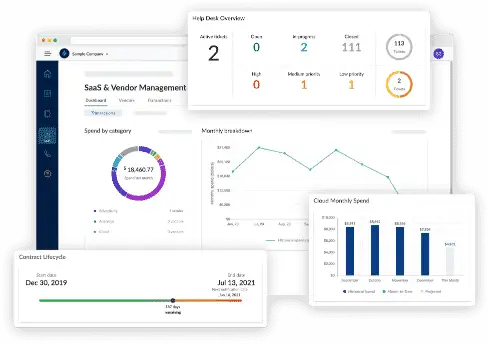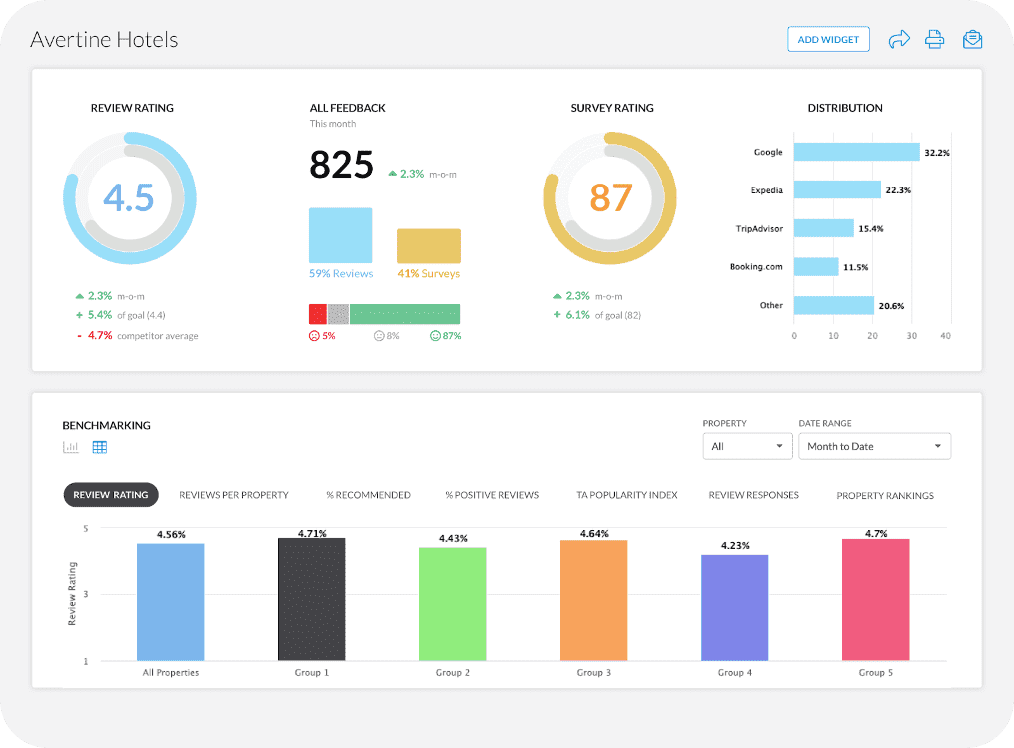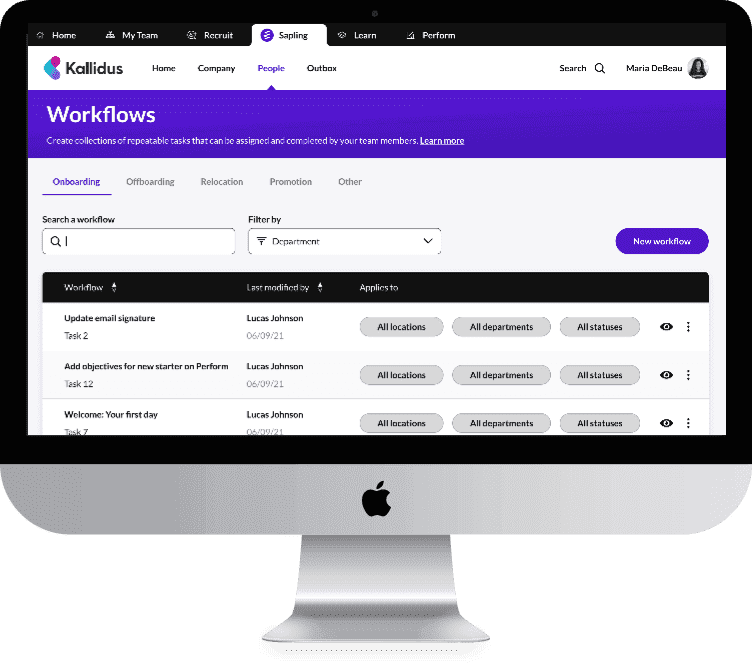Before the advent of smartphones, people used to connect via desktop systems. However, since the introduction of smartphones, things have changed dramatically, and the ways we communicate have altered.
According to Statista, only 20% of people had smartphones in 2010, which turned out to be over 70% in 2021. Since the inception of smartphones, the mobile app development industry has never stood still. It is always on the rise.
Now, we are in 2026, and the technological advancements, shifting consumer behavior, and new development methodologies are changing the way mobile applications are developed. From small-scale businesses to large corporations, all want mobile app solutions for their business purposes, thus elevating the need for mobile app developers.
This article explores the mobile app development trends in 2026 that you must know to stay ahead of the curve.
Mobile App Industry in 2026
In 2026, the number of smartphone users globally is around 5.27 billion, which is expected to rise to 6.38 billion by 2029. Moreover, developing regions such as Africa and Southeast Asia are showing exponential growth, making mobile apps a go-to solution for many fields like finance, healthcare, and entertainment.
Mobile App Development Trends 2026
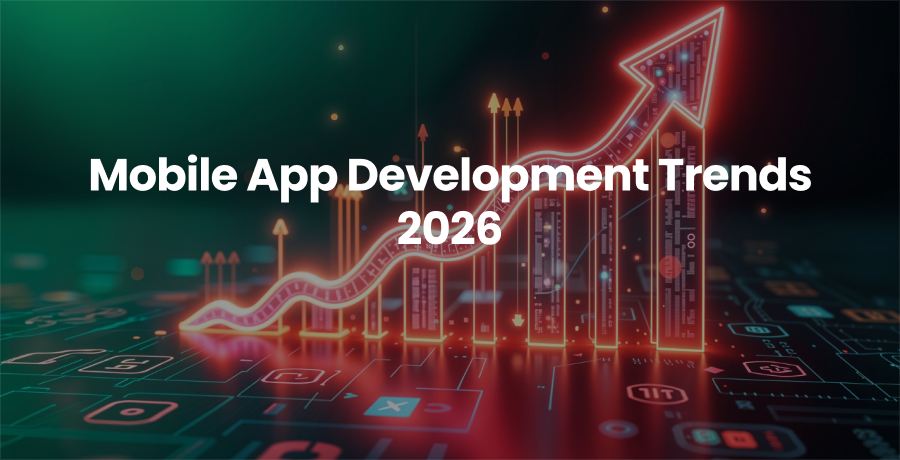
In 2026, mobile app developers have become more skilled, well-versed, and quicker while using smarter tools and opting for better ways to build mobile apps. When we look into trends, 5G is making a real statement in the mobile development industry.
Furthermore, artificial intelligence, machine learning, predictive analytics, and numerous other technologies are assisting developers in creating applications that make work easy and satisfy requirements.
So, let’s take a look at the current trends that are defining mobile app development industry in 2026.
Artificial Intelligence and Machine Learning
Machine learnign or artificial intelligence is not new in the area of mobile applications. The two technologies are popular in the development of mobile applications and making them smart.
By 2026, AI is tailoring experience according to behavior, location, and preferences. Applications having AI and ML integration determine what users wants even before they start searching for that product.
In addition, AI chatbots provide customer support similar to that of human, and thus the user can be able to access the required information at any time of the day.
Moreover, organizations apply AI to enhance product decision-making and automate different procedures. Predictive analytics assists in prioritizing features depending on the past data.
Edge Computing
Edge reduces the translation of data to the nearest user device. Apps work on the phone to perform a lot of the processing formerly done on a central server. This means that they are fast, use less bandwidth, and have better privacy.
Augmented Reality, Virtual Reality, and Extended Reality
In 2026, mobile app development trends will include AR, VR, and XR into mainstream app development. They have the potential to change the way we interact online. Users will enjoy virtual aspects superimposed on the real world to play games, shop, conduct virtual meetings, and much more.
With the AR combination in the spotlight, the need to have real-life and immersive applications will increase. Developers will integrate AR in daily-life applications, including interactive educational apps, virtual home design previews, etc.
Cross-Platform Development
Don’t forget cross-platform development while reading about the new advancements. There is continued rise in cross-platform development. Developers use React Native, Flutter, and Xamarin to develop a highly efficient iOS and Android application on one codebase.
The development across platforms saves much of the development time and expenses alongside accelerating the releases and making the process of feature updates much easier.
Internet of Things
So, IoT is now penetrating the mobile app industry. IoT in mobile devices is enabling you to control homes, cars, wearables, and even city infrastructure. Applications are built capable of adjusting the thermostat in a house from a remote location, locking or unlocking the front door, and connecting to devices at home.
Moreover, it manages the energy consumption in homes, connects with wearable devices to track health, and controls security systems remotely.
Wearable Technology
The trend of having wearable devices is at an all-time high. Fitness trackers, smart watches, ECG monitors, blood pressure monitors, etc, are all wearables built by mobile app developers. These gadgets have transformed the healthcare, fitness, and personal productivity.
Smartwatches and fitness bands, including the medical ones, will no doubt have mobile applications on board. In addition, these applications will monitor real-time information and offer information to the users on their health.
With such advancements and enhanced data-driven personalization, mobile apps for wearable devices will certainly be extremely crucial.
5G Technology
The 5G effect on mobile apps will transform the functioning of mobile applications by offering extremely high internet speed, which will nearly end buffering and load times. For developers, 5G would allow them to develop applications that have high resolution graphics, real-time streaming, and advanced interactivity.
The 5G technology will allow you to have no lag playing multiplayer AR games and HD video streaming of high quality. It increases the connectivity making the integration of the IoT even better and the connectivity of other devices is also smooth.
Progressive Web Apps
The progressive web applications will stay ahead and still offer the best mobile experiences without having to download any apps. PWAs provide receptive interfaces, offline support, and the seamlessness of web and app-like experiences.
In addition, PWAs are an excellent consideration for companies since they are affordable and do not demand a lot of development, as in the case of native apps.
Low-Code Development
Low-code development is changing the way mobile applications are developed, enabling novice coders to develop usable applications. By 2026, low-code platforms will be widely used, with drag-and-drop functionality and visual builders. This is a faster and cheaper development method, and is suitable for startups and small businesses.
Moreover, anyone can develop and release apps within hours without the requirement of having a large development team. Hence, with fewer barriers in development, low-code development is going to be the next big thing in mobile application development.
Foldable Device Optimization
You must have seen or used foldable smartphones or devices from popular brands. Have you ever thought about how hard mobile developers would have to work? The apps on foldable devices need to adapt to new screen sizes, formats, and other technicalities to meet the standards.
For this, it requires designing for compact and expandable views, building applications that act and respond smoothly and quickly when a user shifts from compact view to expandable, and vice versa.
This trend is relatively new, and it is here to stay for years.
Super Apps
Super apps are mobile applications that combine multiple services into a single, unified platform. This furnishes users with a wide range of functionalities in one single application. Hence, it almost eliminates the need for building separate applications for different purposes.
So, super apps are capable of boosting user engagement and buildinga powerful ecosystem of various services in one place where users will spend more time. Therefore, one can expect a huge boost in the development of super applications as this trend means better functionality.
UI/UX Trends
User interface and user experience hold a sheer importance in mobile app development. Applications can never be successful unless they have a good UI/UX, no matter how up-to-date the features are. Thus, in 2026, developers are paying much attention to UI/UX and create applications with voice interface, in particular, in navigation, command, and search.
Furthermore, there is also an increased use of gesture-based navigation where the user relates with the interface through swipes, pinches and drags.
Moreover, there is also the trend of using adaptive and minimalist design interfaces, that is, the interface will automatically adapt to screen size, orientation and user preferences. All these trends are imperative to watch in 2026.
App Clips and Instant Apps
It should be loud and clear that none of us wants to download 100MB applications just to see a one-page restaurant’s menu. People want to keep their smartphones clean from rarely used apps. That’s the point where App Clips (iOS) and Instant Apps (Android) come into play.
Both are bite-sized versions of full mobile apps, designed to perform one task faster. It requires no installation; all you need to do is scan, tap, and use. Such applications are exceptional for checkout processes, product previews, ticketing, or scanning QR codes at your favorite restaurants or grocery stores.
Dark Mode
You have the right to disagree, but dark mode is one of the most popular trends in smartphones that people love. It might be the first thing people adopt when they buy a new smartphone.
Dark mode in smartphones reduces eye strain, saves battery, and looks captivating. So, it is also a common trend to add a dark mode feature in modern mobile application development.
App Security and Privacy Trends
Each day brings new changes in mobile applications development, so applications become more sophisticated and require high security. The security aspect is not compromised in the modern applications due to the threats of phishing attacks, malware injections and data breaches.
Thus, in order to handle such challenges, real-time detection of threats is implemented through the use of AI. The biometrics authentication and facial recognition along with other authentication techniques are implemented in applications by developers during the development phase. In addition, they provide zero-trust architecture and end-to-end encryption.
Challenges for Developers and Companies
Although the exciting breakthroughs are characteristic of the trends in mobile development 2026, some issues might stall the development of programmers and organizations. The problem of device fragmentation has always been a big challenge and the amount of screen size, operating systems and hardware capabilities has to be tested considerably.
Also, the increased demand of skilled mobile developers has led to a competitive acquisition market where entities are unable to access and retain the finest assets.
What is more, security threats are also crucial because they can exploit the code, and there is no place to disregard API and data vulnerabilities. In addition, privacy policies are very stringent and complicated in different jurisdictions forcing developers to be very cautious when it comes to data compliance and ethical usage.
Wrapping Up
So, these were the popular trends in the mobile app development industry, especially for 2026. All trends are highly AI-driven, user-focused, and prefer accessibility. Developers and businesses have to meet all the trends to stay on top of the technological horizon, whether it is in design, development, security, or accessibility. All the mentioned trends are widely used across various sectors, including healthcare, gaming, finance, education, software, etc.

